FOB, short for “Free on Board”, is one of the most preferred shipping methods in international transportation. According to FOB rules, the exporter is obligated to deliver the goods aboard the vessel designated by the importer at the agreed delivery port in the country of export.

Read more about FOB: Incoterms® 2020 FOB – Free On Board
In this article we’ll explore how to carry out an export operation under FOB rules step by step.
Before starting the operation, the buyer and the seller have completed the following stages:
- Parties signed a contract under these terms:
- Incoterm: FOB
- Payment term: 40% advance payment upon confirmation of the proforma invoice, 60% balance as CAD.
- Buyer transferred 40% advance payment
- Seller started production.
Before the goods are almost ready, the seller asks the buyer for the contact details of its forwarder to organize the shipment in coordination.
Step 1 Booking
The seller contacts the buyer’s forwarder, sends them company information and booking request (description of the goods, weight, type of packaging, place of loading, type and number of containers and schedule desired), so they can make a booking on board from that day.
Forwarder returns to the seller with the vessel information:
- Shipper Name
- Vessel Name
- Container Size and Quantity
- ETD/ETA
- POL/POD
- CY Date
- CY Cut Off Date(Closing Date)
- Shipping Line Name
If it suits, the seller confirms it and the forwarder books a space on board confirmed by the shipping line.
Step 2 Documents and Informing the Customs Broker
The booking is done and the seller has the booking number. Now it’s time to prepare the documents:
- Commercial invoice
- Packing list
As the seller does not have the container number, the packing list stays as draft.
The seller informs its customs broker about the shipment by sending the invoice, vessel booking information, contact details of the forwarder and booking no.
The customs broker needs these details to issue official documents and do customs clearance in coordination with the forwarder.
Read: Export Documents Used in International Trade
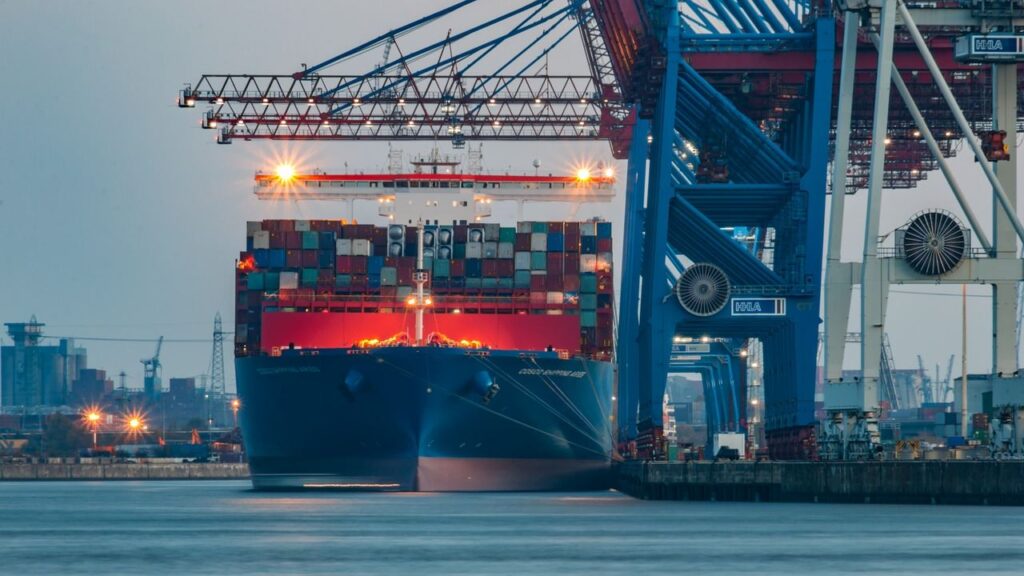
Step 3 Shipment
The day of shipment has come. The empty container arranged by the forwarder beforehand arrives at the loading point. The seller loads the goods into the container and the goods are on the way to the container yard before cut off.
Now the seller has the container no. It adds it to the packing list, signs and stamps to make it into formal papers. Container no is sent to the customs broker too. Next, the seller submits the vgm (Verified Gross Mass) to the shipping line either directly by entering it to the system or through the forwarder; it depends on the shipping line’s system.
The forwarder sends a form or the seller creates a S.I. (shipping instruction) containing details of the goods, the parties involved and the requirements for the transportation and sends it to the forwarder. It’s an important document in that the forwarder uses it to create the Bill of Lading.
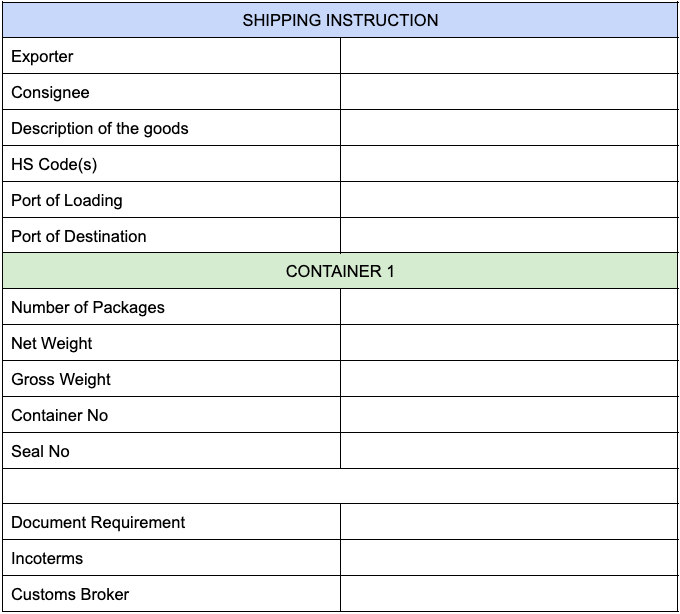
The forwarder drafts a B/L according to the S.I. and sends it to the seller for confirmation. If it’s ok, seller confirms it and forwarder issues a formal B/L.
Step 4 Departure
Container is loaded on board the vessel safe and sound. Vessel leaves the port, then the forwarder and customs broker send the official documents to the seller. Seller has the official documents in hand.
Step 5 – Payment
Seller collects all the required documents from the customs broker and forwarder. As per the contract, the payment terms is CAD. The seller follows the CAD payment term procedures and when the buyer clears the goods at the customs, the transaction is carried out successfully.
Read also: Cash Against Documents

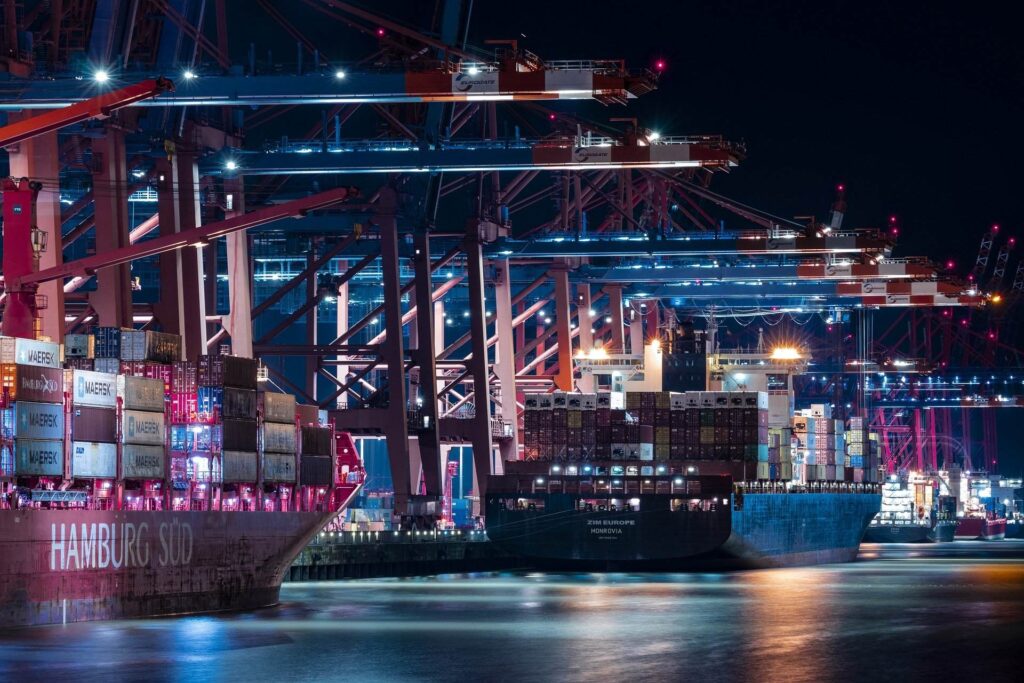


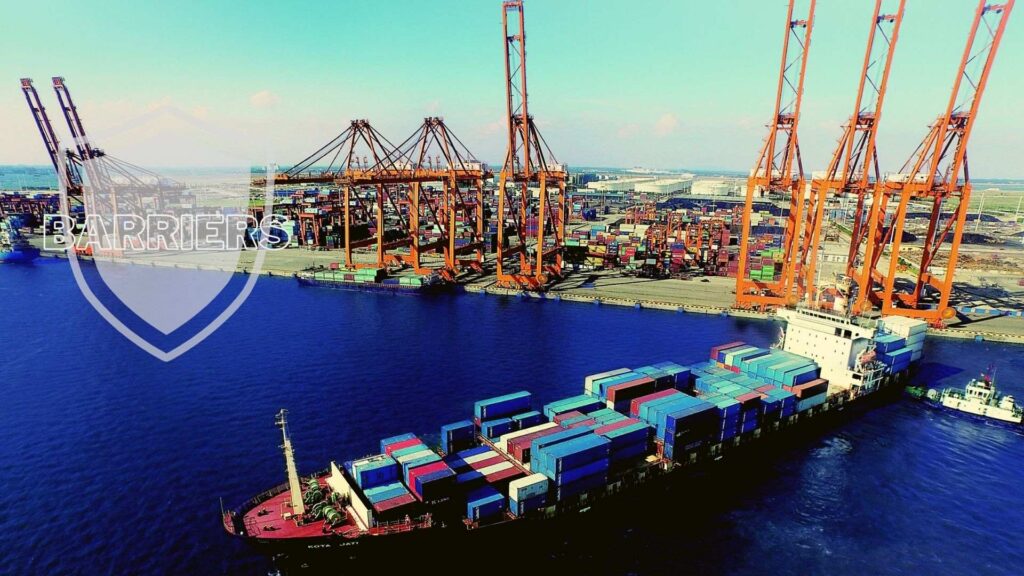


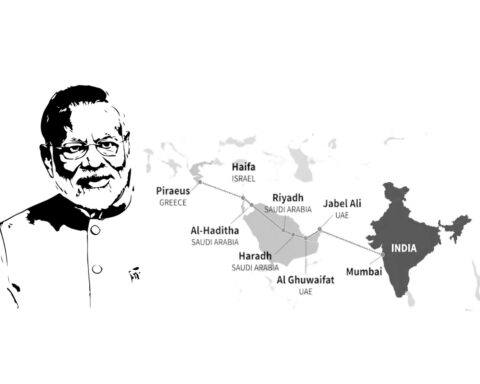
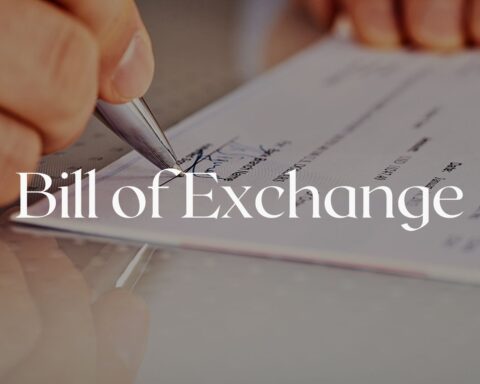




Hi! Can we apply 100% CAD for FOB ?
Hi Silvia. Of course you can.